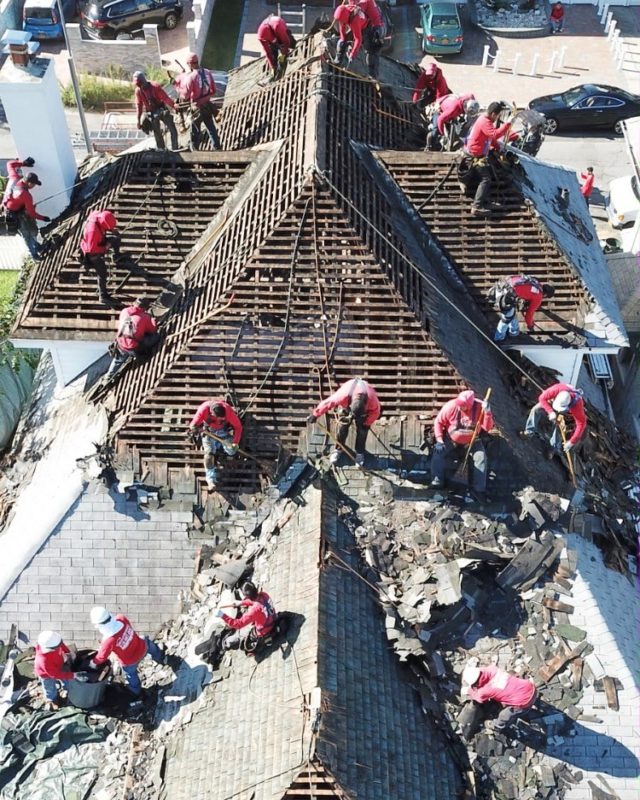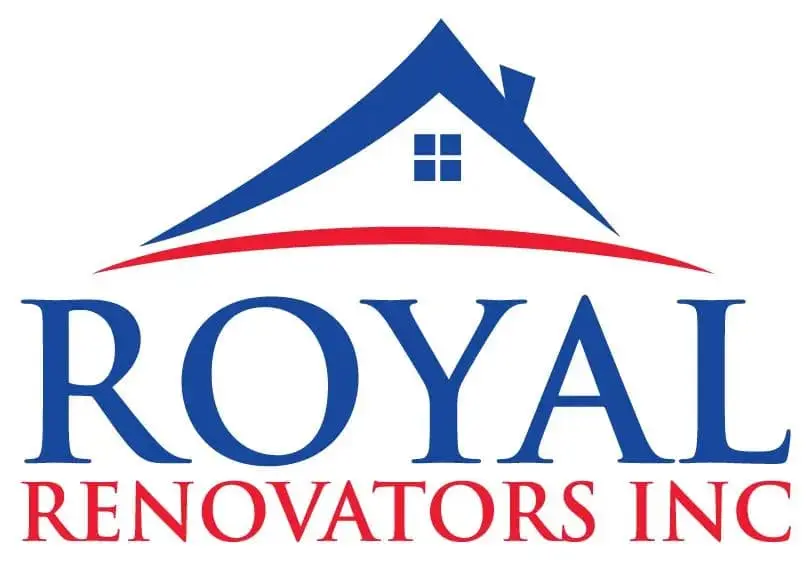The Truth About Flat Roofs: Pros, Cons, And Costs

Flat roofs continue to generate controversy among homeowners, with opinions ranging from enthusiastic advocacy to complete dismissal based on outdated information and regional biases. Modern flat roofing systems have evolved dramatically from the problematic installations of decades past, incorporating advanced materials and installation techniques that deliver reliable performance when properly designed and maintained. Consulting with an experienced roofing expert familiar with modern flat roof systems ensures you receive accurate information about performance expectations, maintenance requirements, and cost considerations specific to your situation.
Advantages of Modern Flat Roofing
Cost efficiency represents a significant flat roof advantage, as these systems typically cost 20-40% less to install than pitched roofing due to reduced material requirements and simplified installation processes. The absence of complex angles, ridges, and valleys reduces labor time while eliminating many potential leak points that complicate sloped installations.
Usable space creation offers unique opportunities for rooftop gardens, outdoor entertainment areas, HVAC equipment placement, or solar panel installations. This additional functional space can effectively increase your property’s usable area without expanding the building footprint, particularly valuable in urban settings where lot sizes limit expansion options.
Disadvantages and Limitations
Drainage challenges require careful design and maintenance because flat roofs rely entirely on drainage systems to remove water. Unlike sloped roofs where gravity naturally sheds water, flat roofs need properly designed and maintained drains, scuppers, and overflow systems to prevent water accumulation that can cause structural damage.
Climate sensitivity makes flat roofs less suitable for areas with heavy snow loads or frequent freeze-thaw cycles. Snow accumulation creates prolonged loading that can stress structural systems, while freeze-thaw cycles can damage membrane systems not designed for these conditions.
Material Options and Costs
EPDM rubber membranes provide reliable, cost-effective solutions with proven track records in various climates. Installation costs typically range $3-7 per square foot, making EPDM one of the most affordable flat roof options while providing 15-25 year performance expectations.
TPO and PVC membranes offer enhanced performance with superior puncture resistance, chemical compatibility, and reflective properties that reduce cooling costs. These single-ply systems cost $4-8 per square foot installed but provide better long-term value through extended lifespan and energy efficiency benefits.
Maintenance and Longevity Factors
Regular inspection schedules become crucial for flat roof longevity, requiring professional assessment at least twice annually to identify drainage problems, membrane damage, or potential issues before they cause leaks. This proactive approach typically costs $200-500 annually but prevents major repair expenses.
Drainage system maintenance includes cleaning drains, removing debris, and ensuring proper water flow during every inspection. Blocked drains can cause catastrophic damage within hours during heavy rainfall events.
Conclusion
Are you ready to explore whether flat roofing makes sense for your project? Contact a qualified roofing expert today to discuss modern flat roof options, realistic performance expectations, and maintenance requirements that ensure long-term success at 118-35 Queens Blvd Forest Hills, NY 11375 (718) 414-6067 https://www.nycrenovators.com
